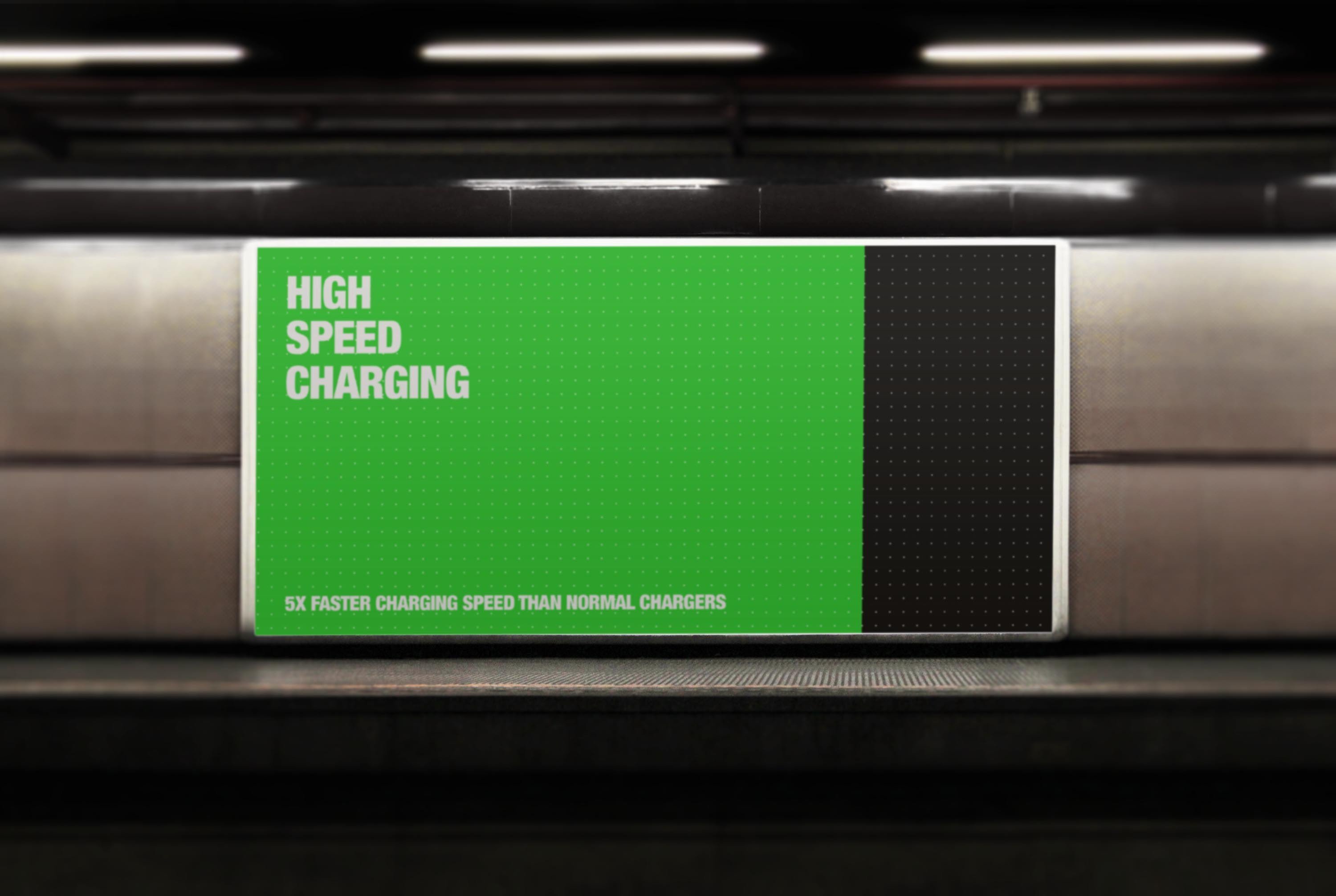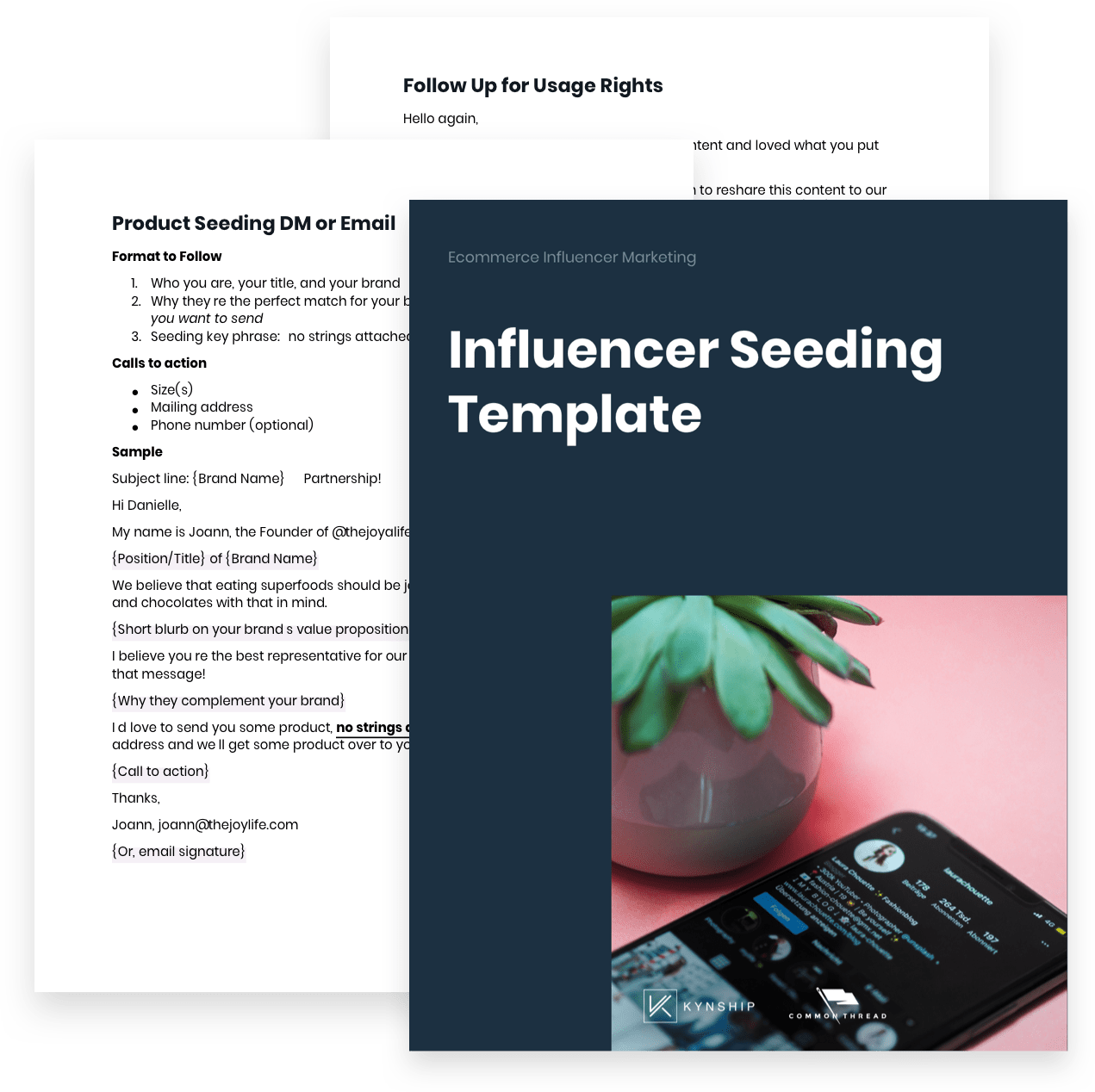
Marketers use cost per thousand impressions to gauge the success of an advertising campaign. This is calculated by taking the total cost of an ad and then dividing it by how many views the ad will get. Although CPM is an excellent measure of the effectiveness of a media campaign, it is not the only one to consider.
Ad spend and ad effectiveness are important aspects to consider when evaluating the effectiveness of an advertising campaign. While tracking ad spend is crucial, ad performance is also affected by other variables, such as conversion rate. You may want to use a cost-per-click ad model if you are trying to attract new customers. This type is cheaper than CPM. However, this ad type is less predictable so it isn’t always a great choice.
You need to determine the click-through rates (CTR) in order to assess whether or not your campaign is successful. CTR generally refers to two clicks per hundred impressions. Depending on the medium you use, you may be capable of increasing the CTR through different ad formats and placements. You can also try using rich media advertisements to improve your ad's viewability.

Other measures that may be used to evaluate ad performance include the average click-through rate and the number of unique visitors. These statistics will allow you to establish your expectations for how your ad performs. You can monitor the performance of your ads over time.
CPC, unlike CPM is more difficult metric. CPC can be more difficult to forecast revenue, and it is less likely you will get high-quality impressions. In addition, CPC revenue can take visitors away from your site. A well-designed ad program can minimize the risk of moving to CPC.
CPC, as compared to CPM can be a better ad strategy for online publishers. They can collect more data and optimize ad sales. But the risk of moving from CPM to CPC is also increased. CPC is believed to be more profitable than CPM due to its higher return on investment. But this isn’t always true.
A higher CPM doesn't necessarily translate into better earnings but it does indicate that your ad generates good traffic. With a cost per 1,000 ad campaign, advertisers might be able to reach larger audiences. CPM is not as valuable for brands, however. For instance, a degreaser product is unlikely to be sold based on CPM.

CPM rates vary from one market or the next. A magazine that has a large readership will typically have a lower cost per thousand than one with a smaller readership. Targeting a niche audience may also mean that the cost per ad is higher. You should therefore do a cost-benefit analysis on your ad strategies.
FAQ
Why not advertise your business on social media?
Social Media Marketing (SMM), allows you reach customers wherever they are on social media networks like Facebook, Twitter and LinkedIn. These networks can be targeted with keywords.
Because this advertising method costs less online than traditional methods, it's more cost-effective. This method allows you to develop strong relationships with potential and current clients.
It's easy to start using social media to promote your business. All you require is a smartphone, computer or laptop and Internet access.
What do you need to know about print advertising?
Print advertising is a good medium to communicate effectively with consumers. Print advertising is used by many companies to promote their products and services. It is designed to attract the attention of the customer.
Print ads are usually one-page long. They contain text, images, logos, and any other graphics. These ads may include sound, animation and video as well as hyperlinks.
Here are the main types and classifications of print advertising:
1. Brochures - Large format printed brochures are used to draw people in to stores. They are often filled with colorful images and catchy designs.
2. Catalogues: These are smaller versions or brochures. They are sent to customers who have requested specific information.
3. Flyers – These are tiny pieces of paper distributed at events like concerts or fairs. They are generally free but must be paid for if they are handed out at retail outlets.
4. Posters - These are larger versions of flyers. These flyers can be displayed on buildings, fences and walls. They are usually made using computer software programs, which is designed to draw the eye of passersby.
5. Direct mail – This is a direct mailing of letters or postcards directly to customers. These are sent periodically by companies to remind current customers about their business.
6. Newspaper Ads – These are ads that appear in newspapers or magazines. These are typically quite long and often contain text as well images.
Is there a way to get no cost traffic?
The traffic that is free comes from organic search results and does not require you to pay for ads. This type of traffic is known as organic traffic or natural traffic. There are many methods to obtain free traffic such as article marketing or social media marketing.
Article Marketing is one way to get free traffic. Paying ads can be more costly than CPC. Article marketing is also known as content marketing.
Social Media Marketing - These social media sites, such as Facebook, Twitter or LinkedIn, allow you to advertise your business. These platforms allow you to share updates, photos, and establish relationships with potential customers. Many businesses choose to buy ad space in social media because they want a wider reach at a reduced price.
Blogging-Blogging is another great way of generating free traffic. You'll attract visitors if you write quality content that people enjoy reading. You can sell products and services once you have attracted visitors to your blog.
Email Marketing - Although email marketing has been around since before the advent of the Internet it is still one of the most effective ways to drive traffic and sales to your site. It is a great way to increase your subscriber base and sell products.
How do I choose my target audience?
Start with yourself, and the people closest to you. You might be unsure where to begin. Ask yourself: "Whom am I trying to reach?"
These are some questions to ask yourself: Who is the most influential person in my industry? What are the problems they face daily? Which people are the most intelligent in my industry? Where do they hang out online?
Take a look back at how you started your company. Why did you begin? What problem solved you for yourself? How did that happen?
These answers will help to identify your ideal clients. They will also reveal their personality and reasons for buying from them.
To get clues about who they cater to, you can also check out your competitors' social media pages and websites.
Once you have identified your target customer, you need to decide the best channel to reach them. You might, for example, create a website to target home buyers if you offer services to real-estate agents.
A blog that targets small-business owners could be a possibility if you are a software provider.
If you sell clothing, you can create a Facebook fan page for teens. Or if you're a restaurant owner, you could set up a Twitter account for parents looking for kid-friendly places to eat.
This is the point: There are many ways to communicate your message.
What should you know about radio advertising
Understanding how different media interact with each other is crucial. The most important thing to remember is that all forms of media are complementary rather than competitive.
Radio is best utilized as an extension to TV advertising. Radio complements television advertising by reinforcing key messages or providing additional information.
TV commercials are often too long for radio listeners. Radio ads are usually shorter and less expensive.
What is advertising's primary purpose?
Advertising is not just about selling products; it's also about creating an emotional connection between you and your customers.
Advertising is about communicating values and ideas to people who are interested in your products or services. It's about changing minds and attitudes. It's about building trust.
It's all a matter of making people feel good.
If you don't understand your customers' needs, you can't market to them.
It is essential to first understand the needs and purchasing habits of your customer before you embark on any advertising project.
This will allow you to create ads that resonate with your target audience.
What is an advertisement buyer?
An advertiser buys advertising space on TV, radio, print media, etc.
Advertisers pay for the time their message appears.
They don't necessarily want the best ad, but they are more interested in what is most effective at reaching their target audience.
Advertisers may have demographic information such as the age, gender, marital status, income level, occupation, hobbies, and interests of their customers.
This data can be used by the advertiser to decide which media is most effective for them. They may decide that direct mail works better with older people.
Advertisers also evaluate the competition. Advertisers may decide to place their ads in close proximity to similar businesses.
Advertisers should also consider how much money they have available and how long it takes to use it.
Statistics
- Advertising spending as a share of GDP was about 2.9 percent. (en.wikipedia.org)
- Worldwide spending on advertising in 2015 amounted to an estimated US$529.43 billion. (en.wikipedia.org)
- It collects money from the advertisers, keeps 32% for its role in facilitating the process, and the remaining 68% goes to the publisher (you). (quicksprout.com)
- It's 100% reliant on your website traffic. (quicksprout.com)
External Links
How To
How to show ads on a website
Ads are essential for any business. They help you reach potential customers and keep them coming back for more.
Advertising also allows you to promote and sell your products and/or services without spending money.
You can use Google Adsense to display text and image advertisements on your blog, website, forum, or other online content.
Google Adsense allows you to earn revenue from each click on ad links displayed on your site. You don't have to write any code to set up your ads.
To get started, just sign up for a free account at www.google.com/adsense. Then follow these steps:
-
Use the Ad Builder tool to create your ads. You can create different ads using the tool, including text, images and video ads.
-
Once you've created your ads and uploaded them to AdSense, To do so, select "Upload", under the "My Ads section" link in the left navigation bar.
-
Next, add keywords related to your product or service so that your ads appear in search results relevant to your niche.
-
Finally, copy and paste your ads into the appropriate areas of your website. Once you've completed all of this, your ads are automatically uploaded to the website.
-
When visitors click on one of your ads, they'll be directed to another page on your site where they can purchase your products and services.
-
When someone clicks on an AdSense ad, earnings are transferred to your AdSense account.
-
Go to the My Account tab, located at the top of the AdSense dashboard. There you will find reports detailing the performance of your ads.
-
You can also download earnings as a CSV File.
-
You can change your ads to increase earnings or target your audience.
-
You can also pause or remove your ads at anytime.
-
You can also contact us with questions or concerns.